Finding the right fireplace surround is a crucial step in upgrading your living space. That is because the right fireplace surround will enhance the aesthetic ambience and provide a display area for your décor, ornaments and pictures.
In today's market, there are plenty of fireplace surround designs to pick from. For most people, that brings about a challenge, and they may wonder, "Which surround should I pick?"
Well, singling out the best surround of the bunch is easier said than done. However, once you have basic information on fireplace surrounds, you will get the hang of it.
In this extensive guide, we will highlight essential aspects of fireplace surrounds, including the following:
- What is a fireplace surround
- Factors to consider when choosing a fireplace surround
- Types of fireplace surrounds
- Fireplace surround installation guide
What is a Fireplace Surround?
A surround is the part of a fireplace that protrudes from the wall around the fireplace opening. It is a vital fireplace feature for both functional and aesthetic purposes. It plays a significant part in making a fireplace a focal point since it comes in customizable styles, materials and designs.
The components of a fireplace surround include the following:
- Mantel
Also known as a mantelpiece, this is the top part of the surround that acts as a shelf. A mantel is an ideal way to add a personal touch to your living space since you can use it to display ornaments, decorations or pictures.
- Mantel legs
As the name suggests, these components support a mantel on either side of a fireplace surround. In addition, they provide a barrier between the fire and the room. Similar to a mantel, you can customize mantel legs to fit your desired style and existing theme.
- Hearth
Finally, the hearth is the floor area of a fireplace where you build a fire or place an insert. It protects the original floor from hot embers. It can also serve as a decorative element, depending on the material used to build it.
Now that you are up to date with the various components of a fireplace surround let us explore the factors you should consider when choosing a fireplace surround for your home.
Factors to Consider When Choosing a Fireplace Surround
Overall Design
The first unwritten golden rule of fireplace surrounds is that your design should align with your room's existing design and colour scheme. That is to ensure it complements the existing décor rather than look out of place, which would defeat the essence of having a fireplace surround.
Material and Finish
Aesthetically and functionally, the fireplace surround material you opt for dictates how your fireplace scores in rating. Fireplace surrounds come in countless options. Later in this piece, we shall highlight the different fireplace surrounds.
Generally, your taste and preference dictate what material and finish are suitable. A trick we found helpful is going through interior decor magazines and Pinterest images before deciding so that you get your creative juices flowing.
Room Size
Unknown to the vast majority, the size of a room influences the ideal choice of fireplace surround. For instance, if you have a larger space, you should opt for darker tones to add depth to your area. Whereas, if you have a smaller room with less natural light, you should use lighter shades to enhance it.
Your plan with the property
By this, we mean what you intend to do with your property in the long term, whether you want to sell it or live in it. It goes without saying a high-quality surround increases the value of your home. Hence, if you plan on selling the property, investing in a premium surround will likely yield higher returns. However, having said that you can still invest in a premium surround to elevate your if you intend to live in the property.
Size of the fireplace
The size of your fireplace opening will determine the fireplace surround size you should opt for. Some people prefer large mantels, while others prefer smaller ones. Based on experience, we suggest you opt for one that is appealing when viewed from a distance and nearby.
Safety
Lastly, ensure you pick a fireplace surround material that poses fewer risks. For instance, you would be best suited to pick non-combustible materials, such as Marble, in place of wood if you are not knowledgeable about wood clearance guidelines.
Types of fireplace surrounds
Fireplace surrounds are available in all sorts of materials to ensure everyone finds a surround that ticks all the boxes for them. The most popular fireplace surround materials include the following:
- Wood
- Concrete
- Marble
- Stone
- Cast Iron
- Tiles
Wooden Fireplace Surrounds
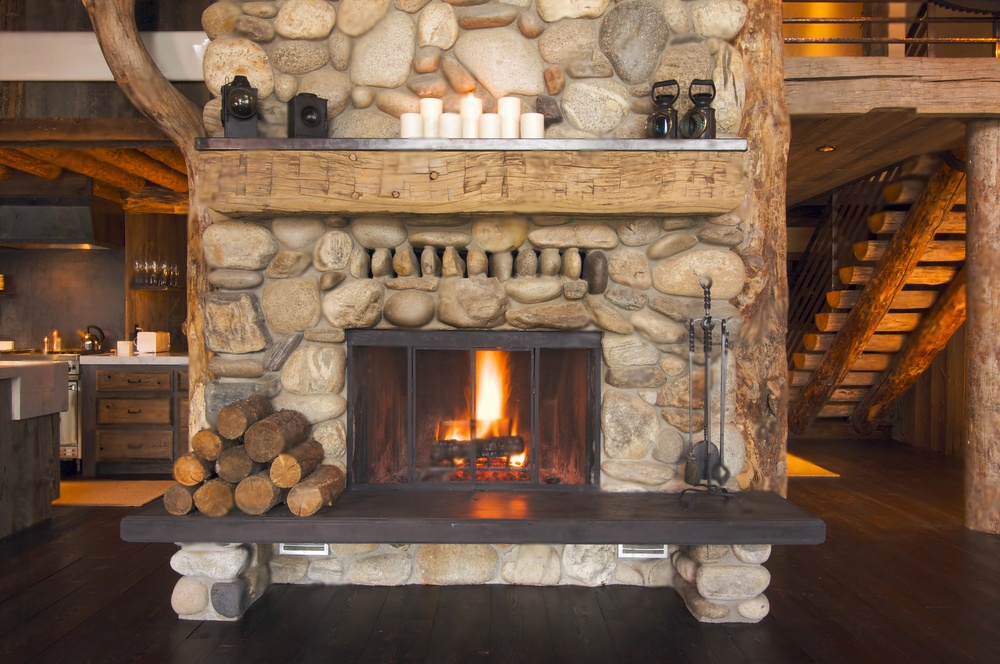
Wood fireplace surrounds are undoubtedly the most fashionable type of fireplace surround. That could be tied to their affordability and straightforward installation process. In addition, their cost is cheaper since they are lighter, easier to transport and are often constructed hollow. Installing wood surrounds is easy since they are lightweight and only require to be held on a wall using brackets and screws.
Pros
- Cheap
- Easy to install
- Paintable to match the decor
Cons
- Poses fire hazard if not correctly installed (clearance guidelines are not followed)
Concrete Fireplace Surrounds
Alternatively, a fireplace surround can be constructed of concrete all through. For aesthetics, it can be a natural finish or a heat-resistant paint finish.
Pros
- Durable
- Can be painted to match décor
Cons
- It can be damaged by extreme heat
Marble Fireplace Surround
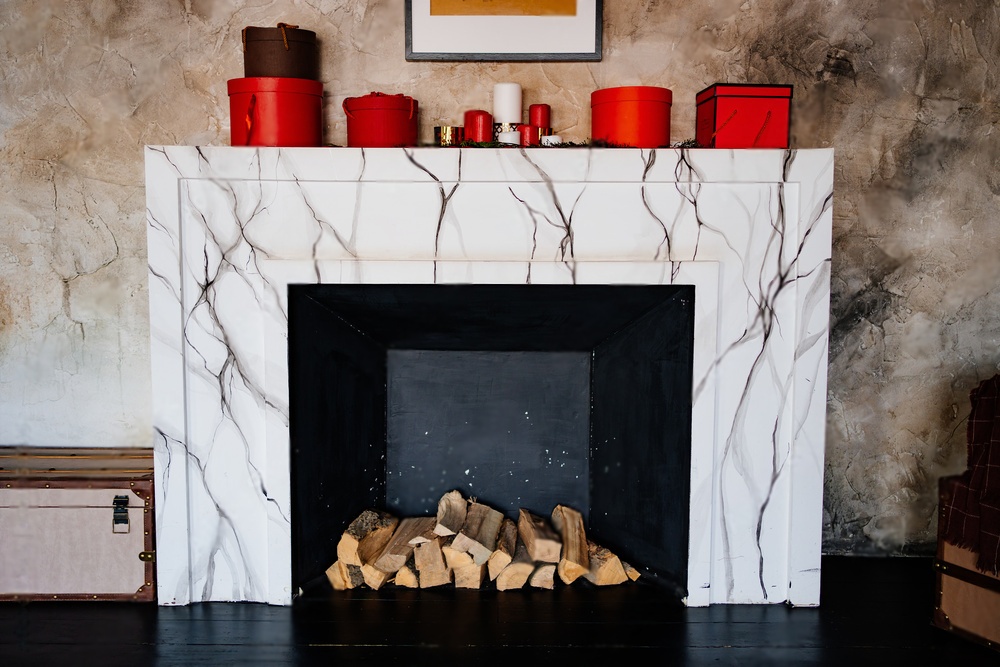
Marble is usually used to build a high-end and sophisticated fireplace surround. Marble comes in a variety of colours and patterns, which makes a fireplace surround look glamorous. However, Marble is not just an eye candy. It is highly durable and easy to maintain.
Pros
- It comes in plenty of colour options
- Highly durable
- Easy to maintain
Cons
- Stains, if not sealed
Stone Fireplace Surround
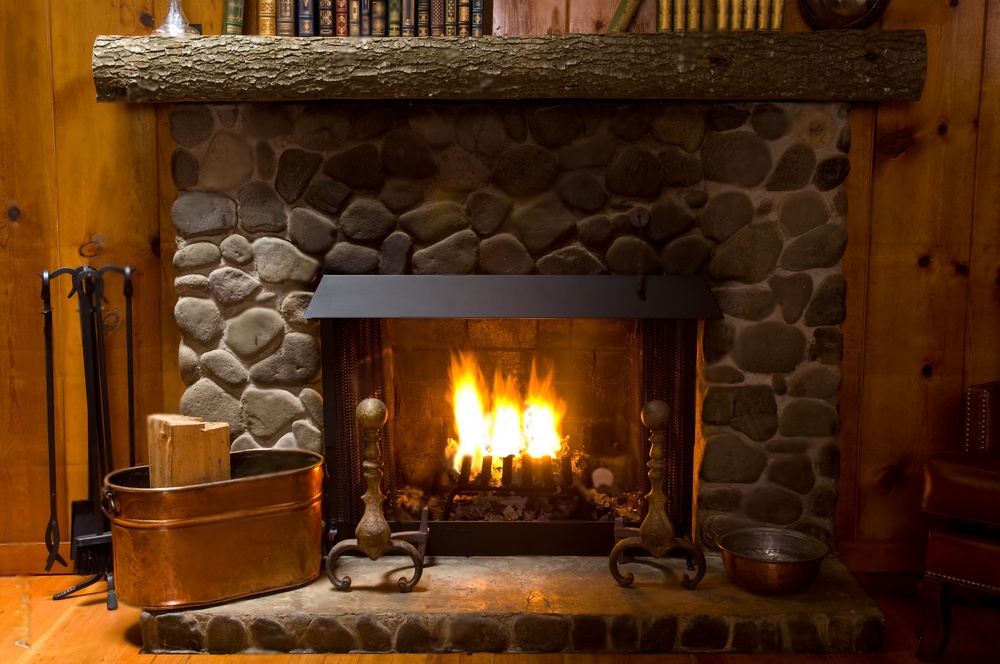
Although some might say they are not as eye-striking as marble fireplace surrounds, stone surrounds still offer an authentic and classy look. Their main selling point is their durability, heat retention and versatility.
Pros
- Durable
- Heat resistant
- Versatile
- Retains heat
Cons
- May crack under intense heat
Cast Iron Fireplace Surrounds
Unlike other surround materials, cast iron is not used as the main part of the surround but as a back plate to separate the fireplace's opening from combustible materials such as wood. That is done to improve safety. Nonetheless, cast iron surrounds offer a timeless appeal and enhance functionality with their heat-retaining properties.
Pros
- Withstands heat
- Retains heat
Cons
- Prone to rust
Tile Fireplace Surrounds
Like cast iron, tiles often fill the gap between a surround and a fireplace opening. Tiles come in many patterns and colours, adding a bit of flavour to a surround whilst improving its functionality.
Fireplace surround installation guide
Generally, National Fire Codes require all flammable materials to be at least 6" from the fireplace opening. The distance could be more depending on the mantel material.
Additionally, these codes require that for every 1/8 inch of protruding combustible material, you must add an inch of clearance.
On the other hand, the height to place the mantel from the hearth is determined by building codes.
FAQs (Frequently Asked Questions)
What is the best material for a fireplace surround?
The best material depends on what you base it on. For instance, when you want an affordable and easy-to-install material, wood is the most suitable one. If you want an authentic and classy look, then stone is the best. On the other hand, if you want a material that offers a high-end and sophisticated look, Marble is the go-to option.
How big should my fireplace surround be?
For the best outcome, a fireplace surround should be between half-way and two-thirds of the room's height.
Does a fireplace need a surround?
The simple answer is No! However, without a surround, your fireplace might look bare.
Conclusion
Fireplace surrounds come in many types, each with its strengths and weaknesses. The option you go for will determine the character of your home. To get the best surround, choose one with the perfect blend of aesthetics, functionality and safety. In this article, we have highlighted everything you need to know about fireplace surrounds to help you cherry-pick the most suitable one for your space.



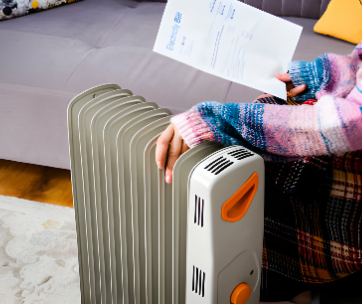
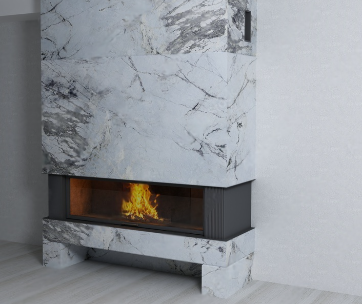
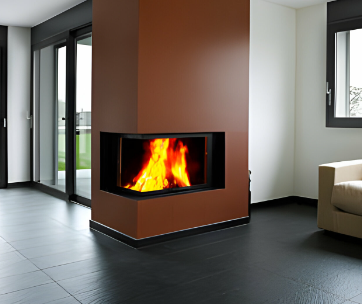
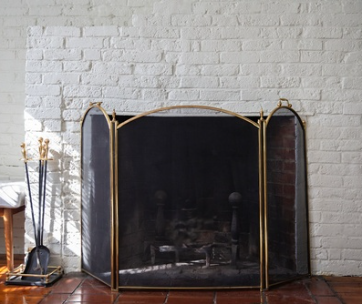
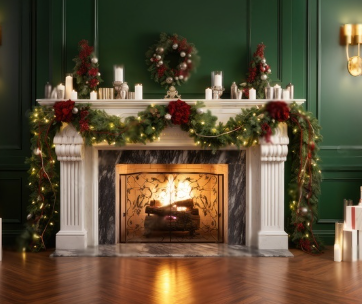
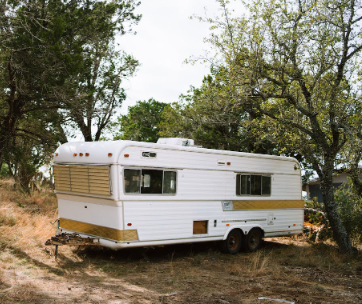
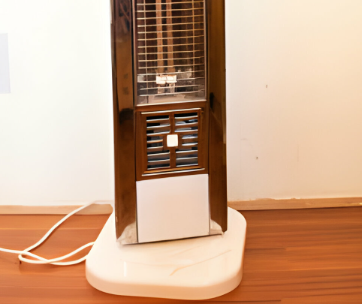
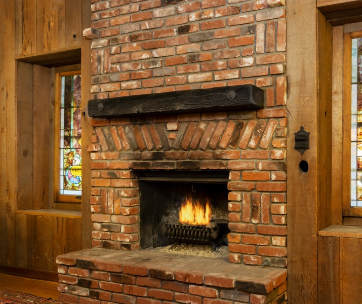
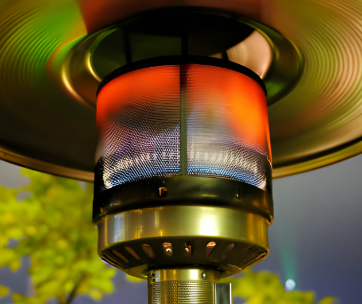
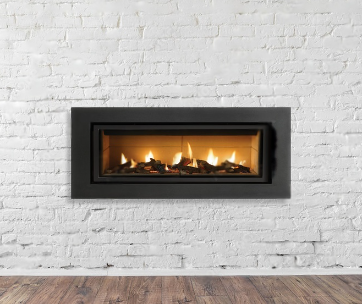
Comments